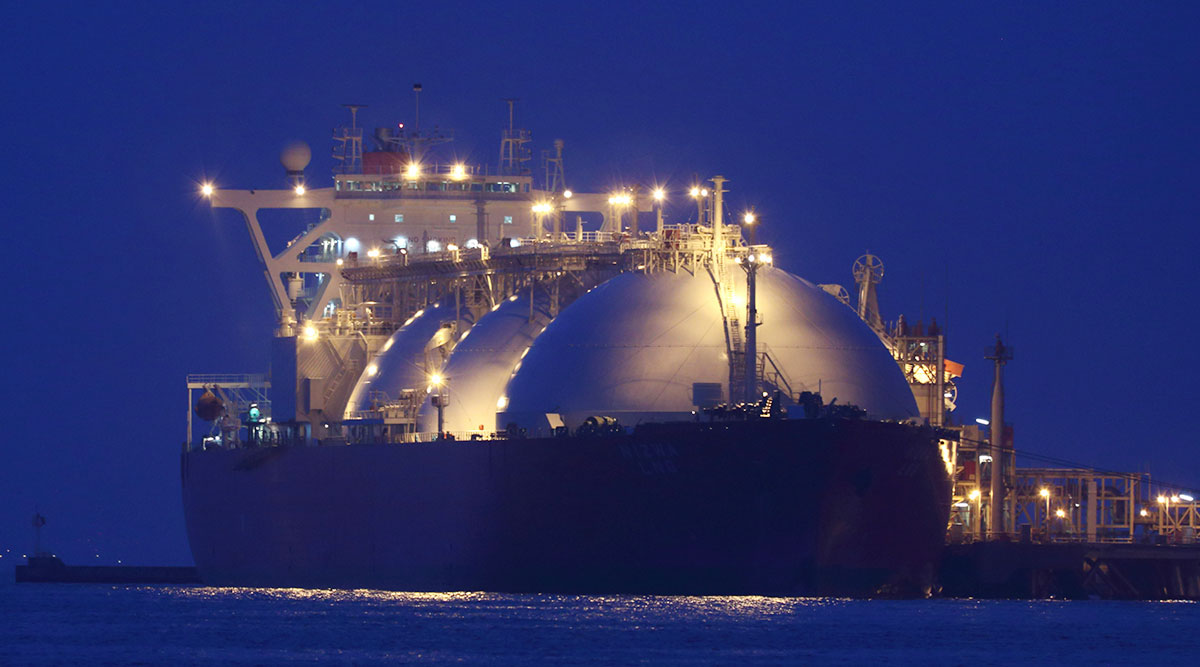(Continued from issue XXVII)
The Dabhol LNG terminal in Maharashtra state is operated by Konkan LNG, which is a subsidiary of the GAIL, the largest operator in Natural Gas market in India. This terminal was initially built as a captive terminal for the adjoining Power plant, however there was a very long delay in commissioning of the Power plant and the import terminal. Presently the terminal is vastly underutilized, primarily due to lack of breakwater facilities at the port which make it difficult to handle vessels during the monsoon season. The promoters are setting up breakwater facilities at the port, which will enable it to handle LNG imports throughout the year hence improve utilisation of this facility.
Kochi terminal is also owned by Petronet set up in the year 2013. This terminal has committed LNG supply from Gorgon, Australia. However this terminal again is vastly underutilised due to limitations on offtake facilities at the port. Work is in progress to link the terminal to Gas Pipeline network of Mangalore to Bangalore and once connected, capacity utilization of the terminal will improve.
The Ennore terminal has been set up this year by Indian Oil Corporation, which is the largest oil refining and marketing company in India. This is the first LNG terminal on east coast of India and is expected to cater to industrial clusters in state of Tamil Nadu, Andhra Pradesh and Karnataka. It’s too early for the terminal to utilise its facilities fully as it has to be connected to the national grid and this would take some time.
Whilst all existing LNG terminals in India are operating at reduced capacity, expected increase in demand for LNG is going to put pressure on infrastructure and the country is gearing up to meet those challenges. Promoters are not deterred from making fresh investments over the next five years there are plans to build another 5 terminals. Some of the locations where projects are being set up or are in discussion stage are as follows :
Terminals under construction :
| Sr No. | Port | Capacity (mmtpa) |
|---|---|---|
| 1 | Mundra | 5.0 |
| 2 | Dhamra | 5.0 |
| 3 | Kolkata | 2.5 |
| 4 | Kakinada | 5.0 |
| 5 | Krishnapatnam | 2.5 |
| 6 | Chhara | 5.0 |
| Total | 25.0 |
In addition to Import Terminals there are a number of FSRU projects being explored in some locations along the Indian coast. Many locations both on the east and the west coast have been contemplating setting up FSRU facilities but not all have seen the light of the day owing to various reasons. Following two locations have however been successful in their foray :
| Sr No. | Port | Capacity (mmtpa) |
|---|---|---|
| 1 | Jaigarh | 4.0 |
| 2 | Jafrabad | 5.0 |
| Total | 9.0 |
Jaigarh FSRU terminal was inaugurated in mid-2018 and there have been few trial shipments too. Full commercial operations at the terminal are expected to commence before end of this year. The Jafrabad FSRU project is also moving at a fast pace and both the FSRU and the receiving facility are expected to be functional in Q4 of 2020.

India has a vast hinterland and connectivity from the port terminals to hinterland locations remain the biggest challenge. India presently has 16,770 kms of Gas pipelines which mostly connects the existing LNG terminals on west coast to the hinterland in North and Central India. With new terminals coming up in the southern and eastern regions of the country, there is a need to connect those to the consumption centres in the hinterland. Major projects of new pipeline are in various stages of implementation and once completed, total pipeline grid of the country is expected to increase to 28,150 kms in the next 3-4 years. This would lead to huge savings in landed costs of Gas to Industrial and Domestic users in various parts of this vast country.
India is on a path of energy transformation and Natural Gas consumption is going to witness the maximum growth in the next decade. It is expected that imports into India would triple to 70 mmt by the year 2030. Whilst some critics state that the country already has excess LNG receiving capacity, majority believe this capacity would not suffice even after the next 4-5 years, the Government is under increasing pressure to fulfil commitments made under the Paris Accord.